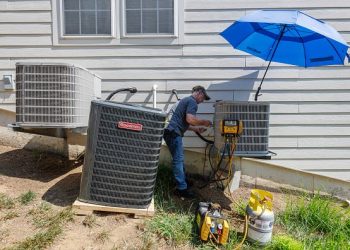For months, Nicholas Atencio and his girlfriend, Heather Surovik, spent nearly every minute of their lives together in a 2000 Cadillac Escalade.
After Atencio, 33, lost his job as a plumber in May, he and Surovik, 36, delivered for Grubhub by day and at night curled up with their puppy on an air bed in the back of their car parked in a lot in Longmont, Colorado, dreaming of being reunited under one roof with Surovik’s teenage son who was living with his grandmother.
“I’m a mom, so I want to fix everything and make it better,” Surovik said. “It’s hard when you don’t have the means to do that when you can’t do anything because you don’t have anything.”
Americans are being driven into their vehicles by COVID-19 pandemic-fueled woes. And their ranks are likely to grow as the government safety net frays and evictions and foreclosures rise.
“It’s in times of crisis that the fragility of our systems are laid bare,” said Graham Pruss, a postdoctoral scholar with the Benioff Homelessness and Housing Initiative at the University of California, San Francisco’s Center for Vulnerable Populations.
COVID-19 ‘crisis within a crisis’:Homeless people are one of the most vulnerable populations yet largely invisible
Homeless for the holidays:RV parking lot offers Christmas joy to people living in vehicles
Even before COVID-19, millions struggled to afford a decent place to live. The pandemic has made the housing crisis even worse, says Pruss.
He expects a surge in the…



























































